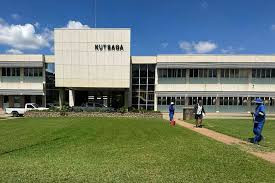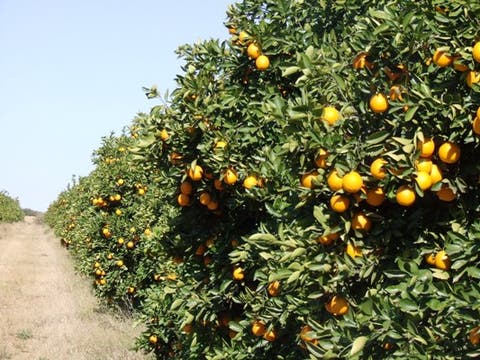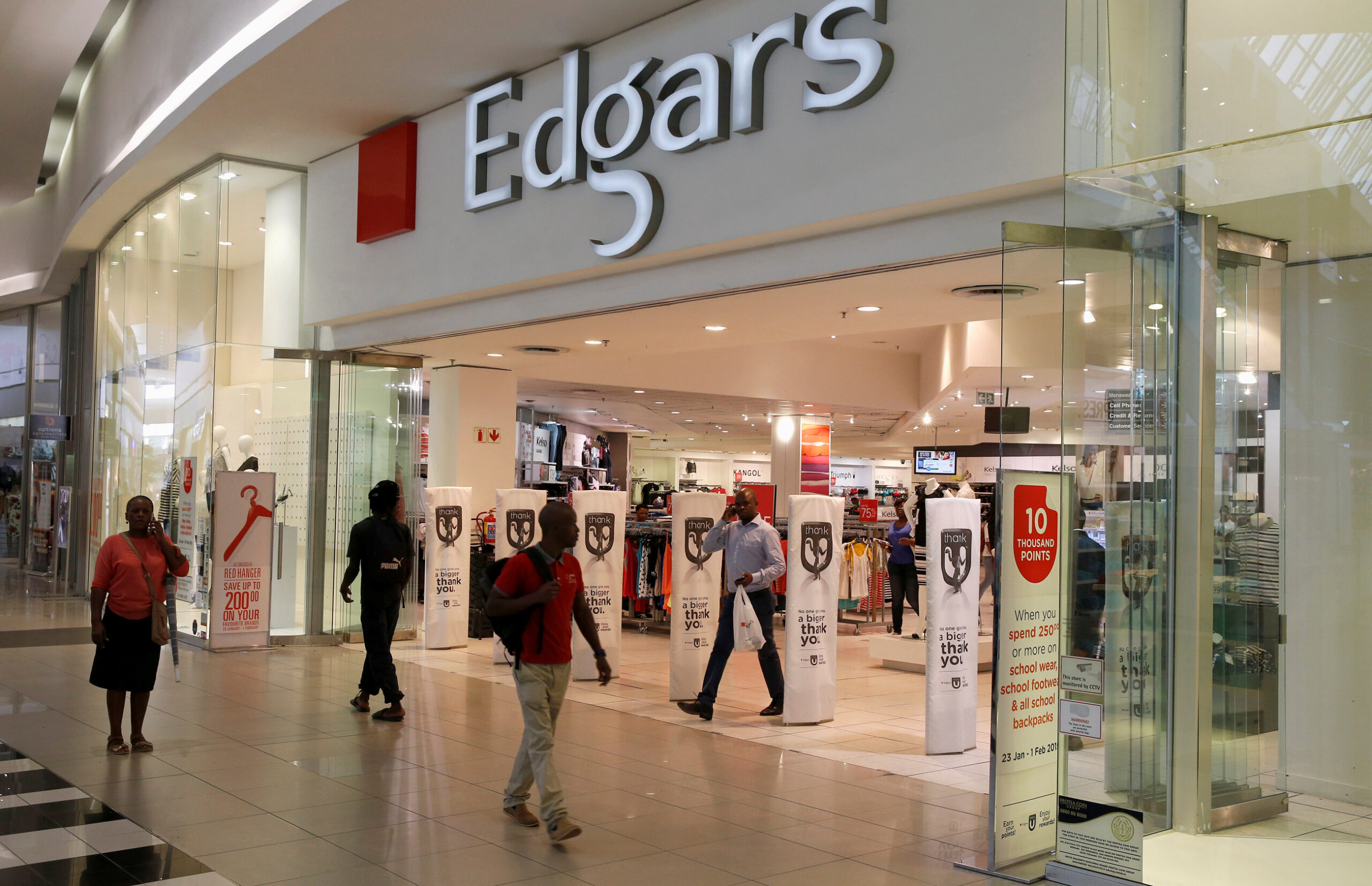Edgars Stores raises local merchandise production
Edgars Stores Limited says it has consolidated its supply chain by partnering local suppliers and increasing its production at its Carousel factory, which has helped the group control the quality of merchandise supplied and lower costs.
Group chief executive Mr Sevious Mushosho, in a trading update for the quarter to April 7, 2024 said the increase in locally produced merchandise through partners and Carousel rose to 70 percent compared to 50 percent in the previous year, which has created more jobs and improved profitability.
“The group is encouraged to note efforts by the Government in supporting local manufacturing industries and its actions against smuggled new and second-hand clothes,” said the group’s chief executive officer in a trading update for the quarter to April 7, 2024.
He noted that to differentiate the business from small mall traders and boutiques where imitation products are often sold, the business started production through its partners in Turkey, producing high-quality and exclusive merchandise to cater for the upper-income segment of the market.
“This merchandise is being sold at selected stores in Harare and Bulawayo. This has created huge excitement amongst our customers who are now seeing great value created by their favourite fashion retailer,” he said.
Mr Mushosho said the group was reintroducing Express Stores to focus on the lower-income segment of the market which is currently dominated by the second-hand clothing market.
He said the Express Stores will, however, sell new clothes at very low prices ranging from $1 to $10, restoring the dignity of the business customers in that segment.
“We expect to roll out 10 new stores during the second half of the year,” he said. He noted that the retooling of Carousel is expected to increase our production volumes from our highest of 45 000 per month to 100 000 per month.
“This will lower our production costs, making our merchandise more competitive in the market, and the group anticipates a reasonable outturn to year-end, given that, cyclically, its volumes are skewed in favour of the second half of the year,” said Mr Mushosho.
During the period under review, the group’s traded units declined by 18 percent from 552 771 last year to 455 010 this year, sales dropped by 12 percent, and the margin went up by 1 percent.
“This talks to procurement excellence that brought in high-quality merchandise that sold at reduced markdowns compared to last year.
“Management has continued with efforts to ensure that fresher, high-quality, and more competitively priced merchandise is available in-store,” said Mr Mushosho.
In terms of retail performance, volumes in the Edgars chain were down 12 percent, from 231 614 units last year to 203 007 units this year.
Sales were down 2 percent while the margin was up 5 percent year on year because of a deliberate strategy to procure high-quality merchandise at a lower cost and sell at full margin at competitive prices with a minimum markdown.
“Focus was on this flagship chain during the period under review,” he said.
In the period under review, the split between credit and cash sales was 64 percent and 36 percent, compared to 65 percent and 35 percent in 2023, respectively. One new store is expected to be opened during the second half of the year,” he said.
Total units sold for the Jet chain were down 22 percent to 252 003 units from last year’s 321,157 units because of low opening stocks in ladieswear, footwear, and menswear in the first two months of the quarter.
The split between credit and cash sales was 63 percent and 37 percent, compared to 60 percent and 40 percent in 2023, respectively.
Mr Mushosho said four new stores are planned to open during the second half of the year.
At Carousel, manufacturing units sold went up by 204 percent to 80 244 this year from 26 437 achieved last year.
Mr Mushosho said during the period under review, the business acquired new machines worth US$1 million as part of its retooling exercise to modernise its manufacturing capabilities to support retail chains.
“The surge in the units produced and sold through the chains contributed significantly to the decline in group cost of sales of 23 percent due to the increased production efficiencies.
“The sourcing of high-quality fabrics and use of modern machines is expected to provide our customers with high-quality garments of international standards at very competitive prices produced locally,” he said.
He noted that the unit is expected to resume exports into South Africa before the end of the current year, and this will generate much-needed foreign currency as well as position the group to benefit from the African Continental Free Trade Area (ACFTA).
“The retooling exercise will allow the unit to widen its product offering, becoming more strategic to the chains in stock management and profitability,” said Mr Mushosho.
The group’s Financial Services debtors book declined from $13,2 million on December 23 to $12,3 million on March 24 as collections were higher than the growth in credit sales.
The debtors’ collections were in line at 18.6 percent. “With liquidity tightening, the business witnessed more customers opting for a longer tenure of 9 months to pay compared to 6 months to pay to enjoy lower monthly installments,” said Mr Mushosho.
He noted that asset quality has remained firm, with 79 percent of the book in current status.
During the period under review, net debtor write-off was at 3,1 percent, compared to the industry standard of 4 percent.
Mr Mushosho said the business is taking an aggressive position in implementing initiatives to grow the debtor’s active account book.
“Despite the challenging environment, the business will continue to write good credit to new and existing customers,” he said.
During the period under review, Club Plus microfinance streamlined its focus and now concentrates on relatively less risky deduction at source loan products which resulted in a 34 percent decline in the loan portfolio as compared to the prior period.
Mr Mushosho said this has, though positively impacted the asset quality, which closed the quarter above the target of 85 percent at 87,4 percent.
He said various investments in e-portals have resulted in improved efficiencies in loan approval and disbursement processes.-herald












